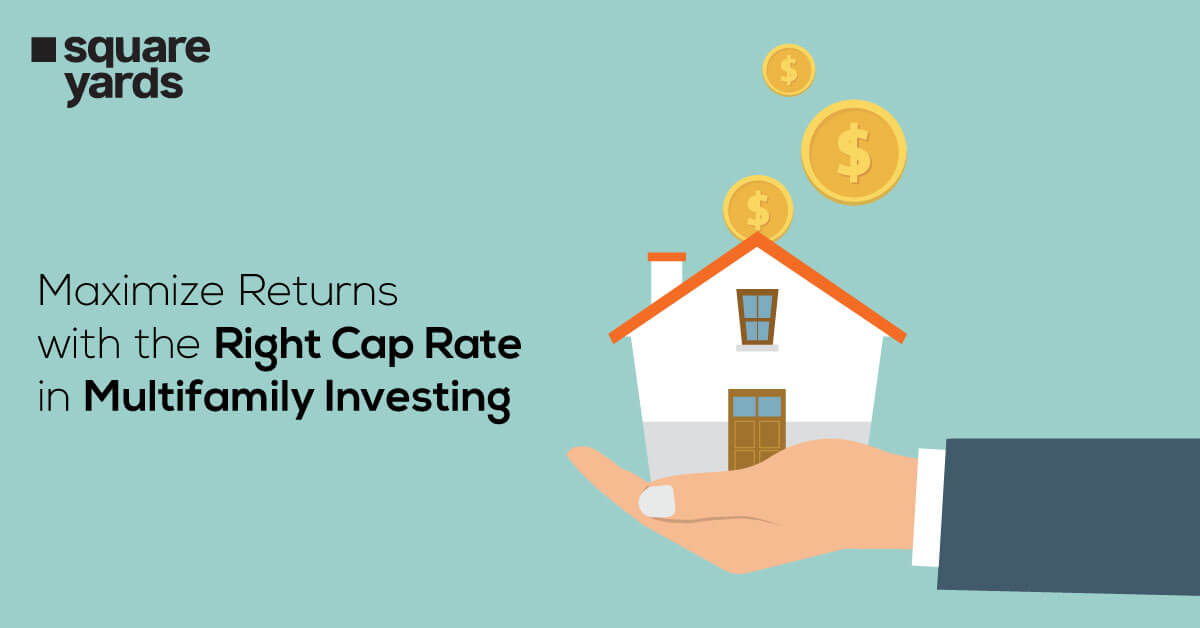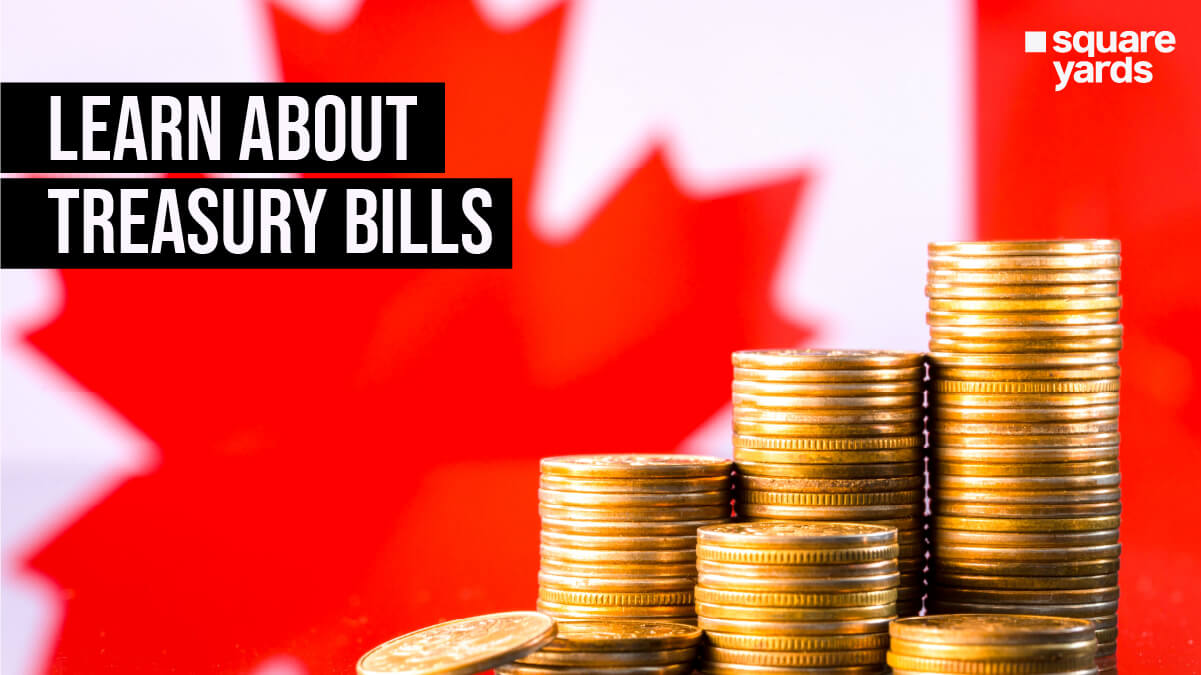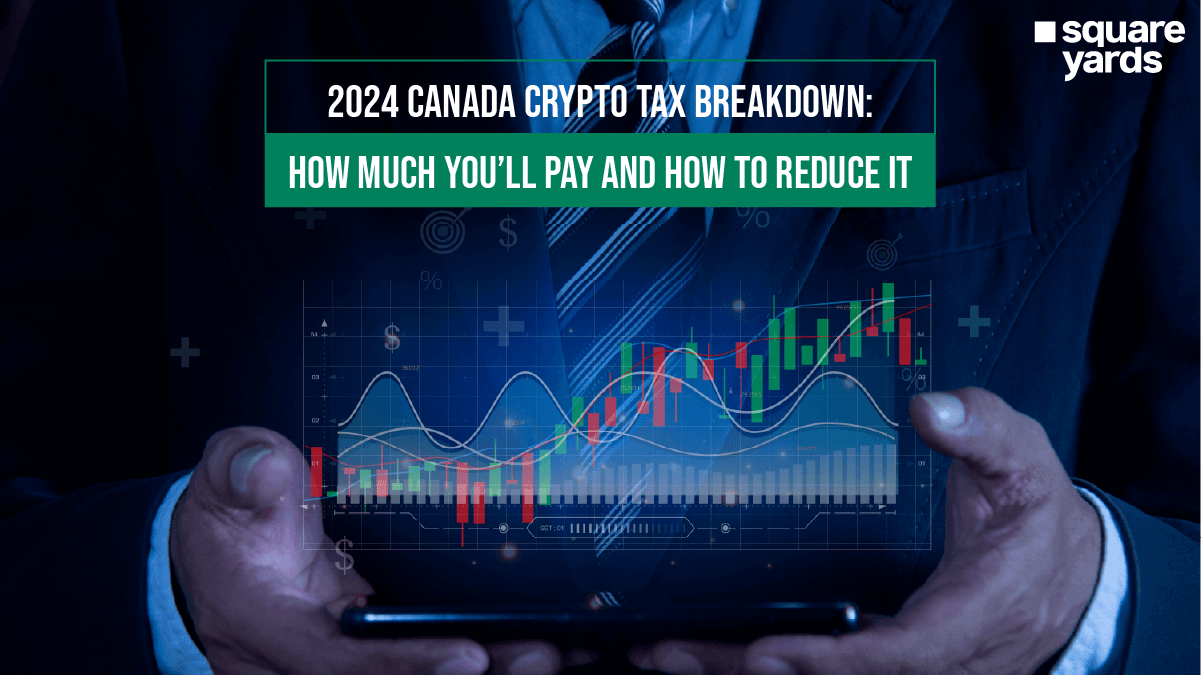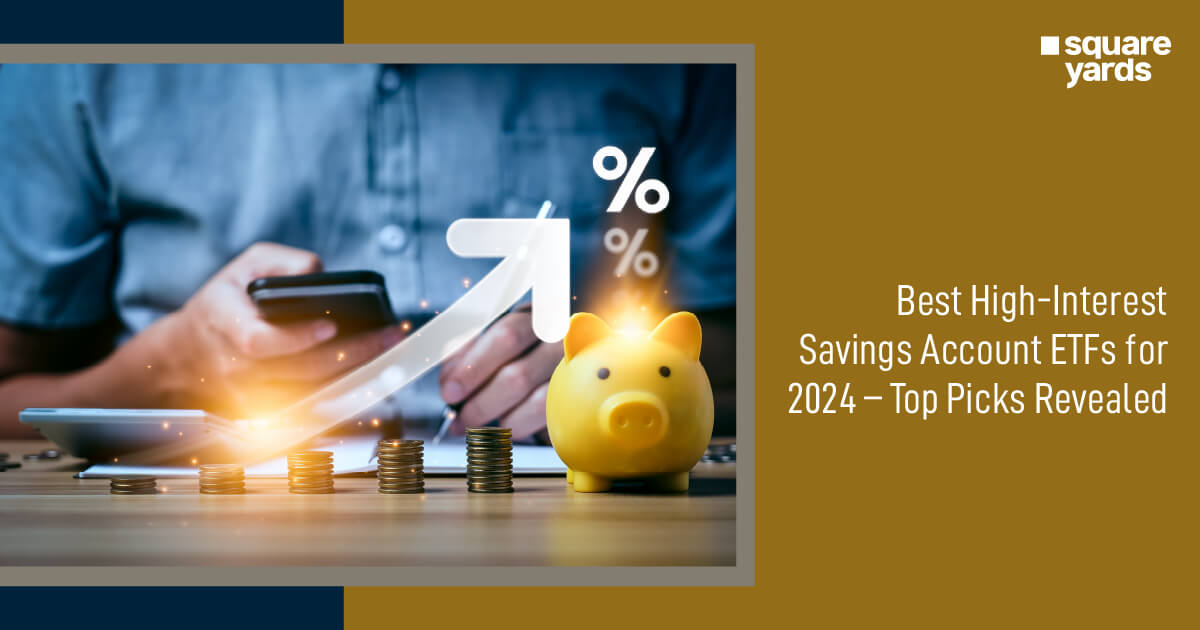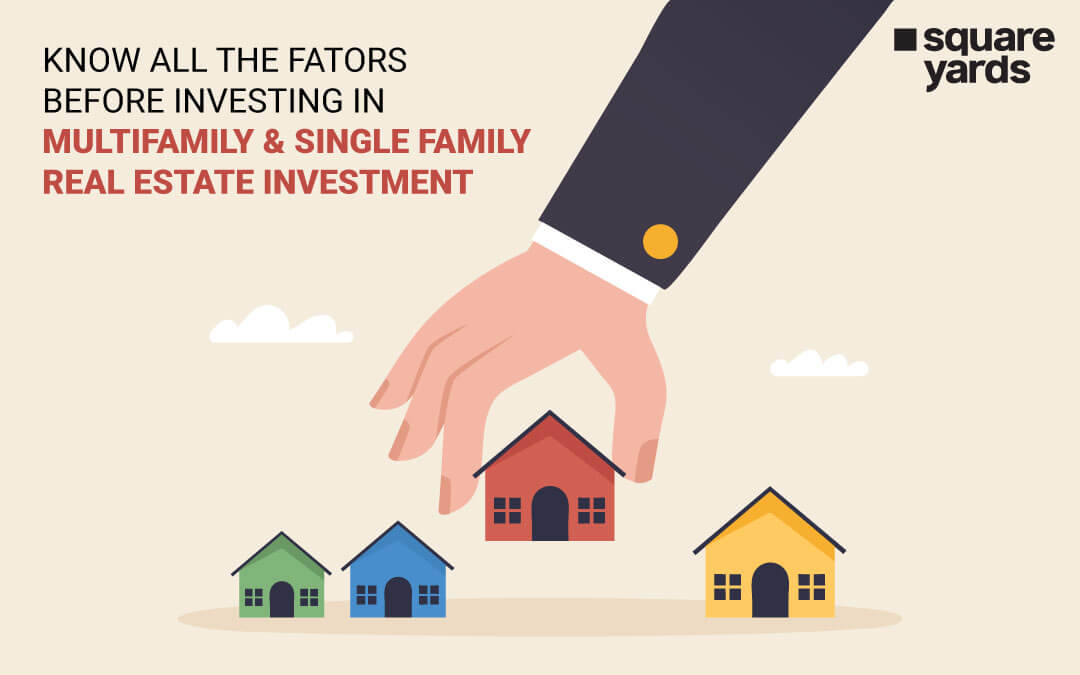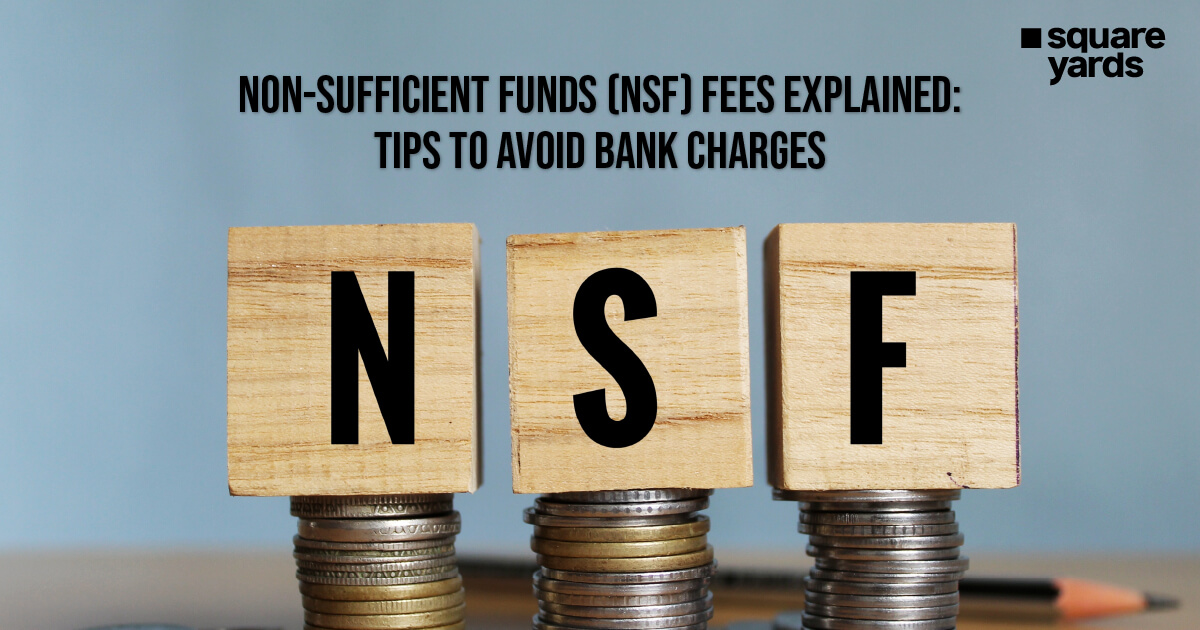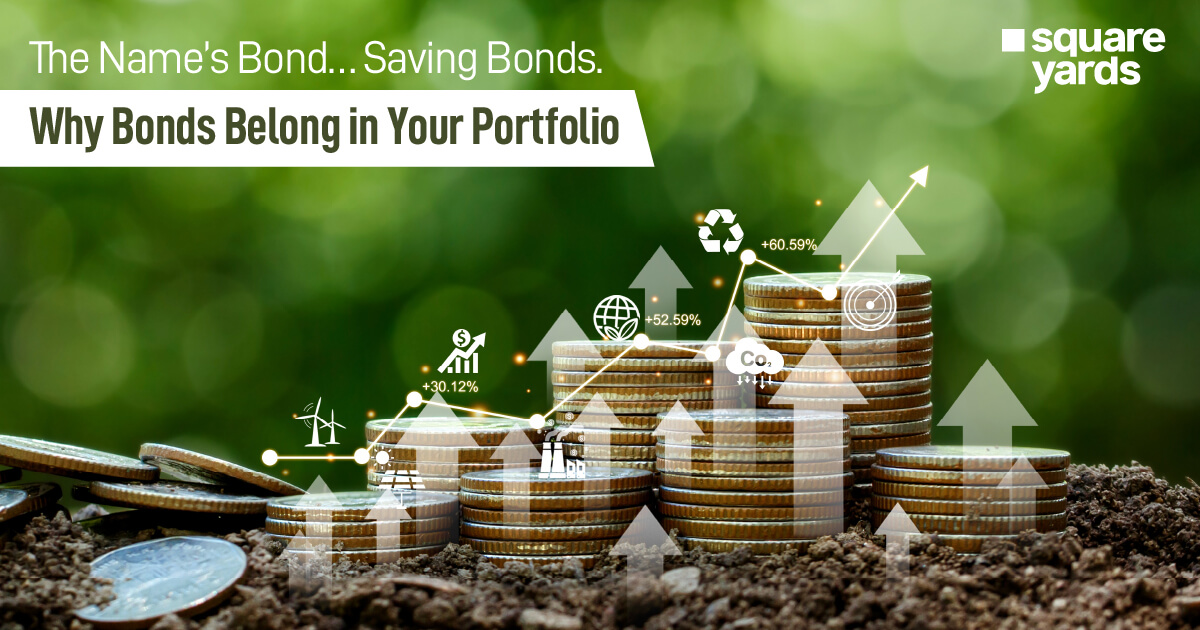The Capitalization Rate or Cap rate is a crucial concept in understanding the complexities of multifamily investment. But how do we know what a good cap rate is? In this blog, we will explore the cap rates for multifamily investing, how it affects property values, and what constitutes a good multifamily cap rate.
Understanding the Capitalization Rate (Cap Rate)
The cap rates for multifamily investing is a key metric in real estate investment that is used to evaluate the potential return on an investment property. It is calculated by dividing the property’s Net Operating Income (NOI) by its current market value or purchase price.
In layman’s language, it is the ratio of net income to fair market value of the real estate asset. Investors use it to predict investment markets, comparing one with another. Additionally, by calculating the current cap rate for multifamily, you can check the risk associated with the project investment. Hence, it’s a great tool to tell if it is a good or a bad investment.
To understand it better, let’s take a real-life inspired example:
In case you’re looking at a multifamily property during two distinct periods: a low-interest-rate environment and a high-interest-rate environment.
Cap Rate = Net Operating Income (NOI) / Purchase Price
Scenario 1: Low-Interest Rates (2020 – Early 2022)
-
- During this period, the interest rates in the US were exceptionally low, hovering near 0%. This scenario encouraged investors to pour more capital into real estate because borrowing costs were minimal. With more investors competing for properties, Cap Rates tended to be lower, reflecting the higher property values and increased demand.
- If you’re considering a multifamily property with an annual NOI of $90,000. In this favourable economic climate, the property is valued at $3,000,000 due to the high demand.
- A 3% Cap Rate indicates that, despite the high property value, the expected return is modest because of the competitive, low-interest-rate market.
Scenario 2: High-Interest Rates (Late 2022 – 2023)
-
- As the economic landscape shifted and interest rates began to rise, borrowing money became more expensive. This change led to less capital flowing into real estate and, consequently, higher Cap Rates, as investors now demanded higher returns to justify their investments.
- Now, let’s look at the same multifamily property in this new economic context. Suppose the annual NOI remains $90,000, but due to higher interest rates and lower demand, the property’s value drops to $1,500,000.
- A 6% Cap Rate reflects the higher risk and the need for a greater return on investment in a higher-interest-rate environment.
How Do Cap Rates Impact Property Values?
Understanding the relationship between capitalisation rates (Cap Rates) and property values is crucial for real estate investors. The cap rate is the ratio of a property’s net operating income (NOI) to its current market value. It reflects the return on investment that a property can generate, expressed as a percentage. On the other hand, property value is the current market worth of a real estate asset, determined by various factors, including location, condition, market demand, and income potential.
The Inverse Relationship
Cap Rates and property values have an inverse relationship, meaning that changes in one typically lead to opposite changes in the other.
Higher Cap Rates:
-
- Higher Cap Rates often indicate higher perceived risk or lower demand for the property.
- The high rates generally result in lower property values because the same NOI divided by a higher Cap Rate results in a smaller value.
Example: If the NOI is $50,000 and the Cap Rate increases from 5% to 10%, the property value decreases from $1,000,000 to $500,000.
At 5% Cap Rate: 50,000/0.05 = 1,00,000
At 10% Cap Rate: 50,000/0.10 = 5,00,000
Lower Cap Rates:
-
- Lower Cap Rates generally indicate lower perceived risk or higher demand for the property.
- This results in higher property values because the same NOI divided by a lower Cap Rate results in a larger value.
Example: If the NOI is $50,000 and the Cap Rate decreases from 10% to 5%, the property value increases from $500,000 to $1,000,000.
At 10% Cap Rate: 50,000/0.10 = 5,00,000
At 5% Cap Rate: 50,000/0.05 = 1,00,000
Exploring Multifamily Cap Rates For Multifamily

Multifamily Cap rate is a specific type of capitalisation rate. It is used to evaluate the potential return on investment properties that consist of multiple rental units, such as apartment buildings or residential complexes. The concept is the same as the general cap rate but applied specifically to properties with multiple rental units. It helps you compare different multifamily properties. If another property with a similar value has a higher cap rate, it might be a better investment.
A lower cap rate usually indicates a lower risk and a stable investment, often found in high-demand areas. A higher cap rate can indicate higher risk but also the potential for higher returns, usually in less stable or up-and-coming areas.
For example – Imagine you’re choosing between two investments:
Apartment Building in Downtown New York City:
-
- Cap Rate: 3%
- Reason: High demand and low risk; everyone wants to live in NYC, and the economy is strong.
- Outcome: Steady but lower returns, similar to a safe and stable savings account.
Apartment Building in a Small, Growing Town:
-
- Cap Rate: 8%
- Reason: It’s a developing area, so there’s more risk but also more potential for growth.
- Outcome: Higher returns if the town grows, but also higher risk, like investing in a new startup.
In conclusion, New York City’s lower cap rate means it’s a safer bet, while the higher cap rate in the small town offers higher rewards but comes with more risk.
Cap Rate Calculation: A Step-by-Step Example
Let’s dive into a practical example. Suppose you’re considering a multifamily property with the following details:
Cap Rate = Current Market Value/Net Operating Income (NOI) X 100
Step-by-Step Example
Scenario: You are considering purchasing an apartment building.
- Determine the Net Operating Income (NOI):
-
- Annual Rental Income: $150,000
- Annual Operating Expenses: $50,000
NOI Calculation:
NOI=Annual Rental Income−Annual Operating
NOI= $150,000−$50,000=$100,000
2. Determine the Current Market Value:
Let’s say the market value of the apartment building is $1,000,000.
Calculate the Cap Rate:
-
- Cap Rate = $1,00,000/ $1,000,000 X 100
- Cap Rate=0.1×100=10%
The Basics of Net Operating Income (NOI)
Net Operating Income (NOI) is the annual income generated from a property after subtracting all the operating expenses but before mortgage payments and taxes. Here, income includes all the money you make from renting out the property. For example – Rent from tenants, parking fees, etc. Conversely, operating expenses are the costs of maintaining and running the property. For example -Maintenance, property management fees, insurance, property taxes, and utilities.
How to Calculate NOI?
NOI=Total Income−Operating Expenses
Quick Example:
-
- Annual Rental Income: $100,000
- Operating Expenses: $30,000
NOI Calculation:
NOI=$100,000−$30,000=$70,000
Why it Matters?
NOI helps you understand how much profit a property can generate, making it easier to compare different properties and decide if an investment is worthwhile.
Calculating Property Value Using Cap Rates
Cap Rate is not just a measure of return; it can also be used to estimate a property’s market value. By rearranging the Cap Rate formula, you can determine the value of a property:
Property Value= NOI/Cap Rate
If you know the NOI and the desired Cap Rate, you can estimate how much you should pay for a property. For example, if you require a 7% Cap Rate and the property’s NOI is $100,000, the property’s value would be:
Property Value=100,000/0.07 = 1,428,571
This method helps investors make informed offers and avoid overpaying.
Cap Rate vs. Return on Investment (ROI): What’s the Difference?
While Cap Rate and ROI are related, they serve different purposes. Cap Rate focuses on the property’s operating performance, ignoring financing costs, while ROI considers the total return, including leverage and financing. Cap Rate is a quick snapshot of potential returns, whereas ROI provides a comprehensive view of an investment’s profitability.
ROI = Annual Return / Total Investment
For example, a property with an 8% Cap Rate might have a different ROI based on the investor’s financing strategy. If the investor leverages the property with a mortgage, the ROI could be higher or lower, depending on interest rates and loan terms.
Comparing Cap Rates and Treasury Bills
Cap Rates are often compared to Treasury Bills (T-bills) as a benchmark for risk-free returns. T-bills are government-backed securities with virtually no risk, so their yields are considered a baseline. Multifamily cap rates typically exceed T-bill yields, compensating for the additional risk associated with real estate investments. For instance, if T-bills offer a 2% yield and multifamily properties offer a 6% Cap Rate, the spread indicates the risk premium for real estate investing. Investors must decide if the additional risk is worth the higher potential returns.
Determining a Good Cap Rates for Multifamily Investing
A “good” Cap Rates for multifamily investing varies by market and investor preferences. Generally, a Cap Rate between 5% and 10% is considered attractive. Lower Cap Rates (around 4-5%) are common in high-demand urban areas, indicating lower risk and higher property values. Higher Cap Rates (6-8%) are often found in secondary or emerging markets, reflecting higher risk and lower property values. Investors should balance Cap Rates with other factors like market conditions, property quality, and risk tolerance. One should also remember that the higher Cap Rate might seem appealing, but it could also signal higher risk or potential issues with the property.
Factors Influencing Cap Rates in Multifamily Investing
Several factors can influence current cap rates for multifamily investing. Here are the key ones:
1. Location
High-demand areas typically have lower cap rates because properties are less risky and have stable incomes. On the other hand, Cap rates are usually higher in growing or less established areas due to higher perceived risk. For example, a multifamily property in downtown San Francisco may have a 4% Cap Rate compared to 7% in a rural town.
2. Market Conditions
In a strong economy, cap rates might be lower because properties are seen as safer investments. Conversely, cap rates may increase during recessions or economic instability due to higher risk. For instance, during a recession, a multifamily property’s Cap Rate might rise from 5% to 7%.
3. Interest Rates
Lower interest rates can lead to lower multifamily cap rates because they lower borrowing costs, making investments more attractive. Similarly, because borrowing costs are higher, investments are less attractive. This means that higher interest rates can lead to higher cap rates.
4. Property Condition and Age
Newer Properties typically have lower cap rates because they require less maintenance and are more attractive to tenants. Alternatively, old properties might have higher cap rates due to higher maintenance costs and the potential for higher vacancy rates.
5. Tenant Quality and Lease Terms
Properties with stable, long-term tenants usually have lower Cap Rates. Additionally, short-term leases or high turnover properties might have higher cap rates due to higher risk and potential vacancy periods. For instance, a building with high occupancy rates and reliable tenants might have a 5% Cap Rate compared to a building with frequent tenant turnover at 8%.
6. Operating Expenses
Let’s see how operating expenses influence multifamily cap rates:
-
- Low Operating Expenses: Properties with lower operating expenses can have lower cap rates because they generate more profit.
- High Operating Expenses: Higher expenses can lead to higher cap rates as they reduce the net operating income (NOI).
7. Supply and Demand
When there is high demand for rental units, cap rates tend to be lower. Conversely, an oversupply of rental units can lead to higher cap rates due to increased competition and potential vacancies. For example, in a city with a housing shortage, Cap Rates might be around 4%, whereas in an area with ample housing, they might be 6%.
8. Property Management Efficiency
Properties managed efficiently with good occupancy rates and low expenses can have lower cap rates. Vise versa, inefficiency in property management can lead to higher cap rates due to potential income loss and increased costs.
Key Takeaways
In multifamily investing, the Cap Rate is a vital metric for assessing potential returns and property values. By understanding how to calculate and interpret current Cap Rates for multifamily, investors can make smarter decisions and optimise their portfolios. Whether you’re eyeing a developing urban area or a promising emerging market, knowing what constitutes a good Cap Rates for multifamily investing is crucial. Understanding this can significantly enhance your investment strategy.
Frequently Asked Questions (FAQs)
What is a good cap rate for multi-family?
A good Cap Rate for multifamily properties is typically between 5% and 10%. Lower Cap Rates (around 4-5%) are common in prime urban areas, indicating lower risk. Alternatively, higher Cap Rates (around 6-8%) are found in less desirable or emerging markets, suggesting higher risk and potential returns.
Is a high or low cap rate better?
A low Cap Rate indicates lower risk and stable income, making it ideal for conservative investors. In contrast, a high cap rate suggests higher potential returns and higher risk, which is suitable for risk-tolerant investors seeking growth opportunities.
Is cap rate or ROI more important?
Cap Rate gives us a quick snapshot of the property's income-generating potential, excluding financing costs. Conversely, ROI provides a comprehensive view of the investment’s profitability, including financing. Both metrics are important for a complete evaluation.
What are the disadvantages of the cap rate?
The disadvantages of the Cap Rate include ignoring financing costs and not considering changes over time. Additionally, Cap Rates vary widely across different markets and can miss unique property expenses and maintenance needs.

